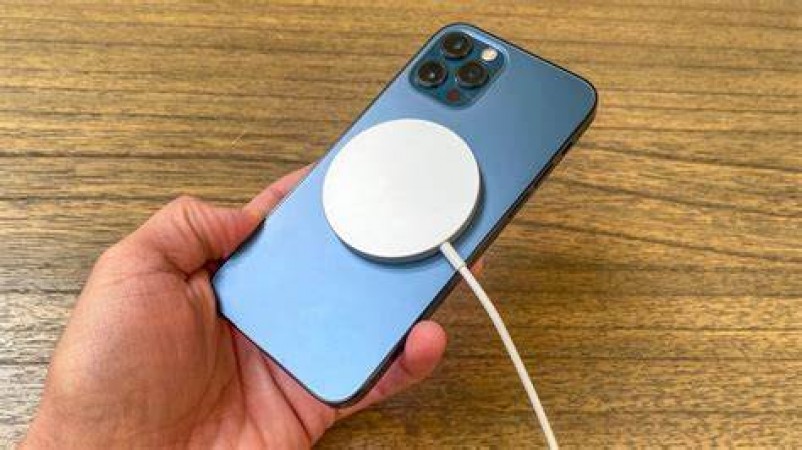
In the ever-evolving world of technology, a groundbreaking innovation is on the horizon - Qi2 technology. This revolutionary advancement promises to enable smartphones to charge without the need for traditional chargers. In this article, we delve into the exciting realm of Qi2 technology, shedding light on what it is, how it works, and the potential impact it may have on our daily lives.
Qi wireless charging is not a new concept. It's the technology that allows you to charge your smartphone by simply placing it on a charging pad. This technology has become increasingly popular in recent years, with many smartphones supporting Qi wireless charging.
Qi2, short for "Qi 2.0," represents the next evolution of wireless charging technology. It aims to eliminate the need for physical charging pads altogether. Instead, Qi2 technology enables smartphones to charge seamlessly through the air, using advanced electromagnetic resonance.
At the heart of Qi2 technology lies electromagnetic resonance. Unlike traditional wireless charging, which relies on direct contact between the device and the charging pad, Qi2 takes advantage of resonant inductive coupling. This means that energy can be transferred between two coils even when they are not in direct contact.
Qi2-enabled smartphones are equipped with special transmitter coils, while Qi2-compatible charging stations have corresponding receiver coils. When the smartphone is within a certain range of the charging station, these coils create an electromagnetic field, allowing energy to flow wirelessly from the station to the device.
One of the key advantages of Qi2 technology is its efficiency. It boasts higher energy transfer rates compared to traditional wireless charging, making it not only faster but also more convenient for users. Say goodbye to tangled charging cables and the need to find a charging pad.
Imagine a world where charging cables are obsolete. With Qi2 technology, this vision may soon become a reality. Users can charge their smartphones effortlessly, just by being within the vicinity of a Qi2-compatible charging station.
The potential applications of Qi2 technology are vast. From public spaces equipped with Qi2 charging stations to Qi2-enabled furniture in homes and offices, the convenience of wireless charging could seamlessly integrate into our daily lives.
Reducing the production and disposal of charging cables and adapters could have a positive environmental impact. Qi2 technology could contribute to a more sustainable tech industry.
As with any emerging technology, ensuring compatibility with existing devices is a challenge. Manufacturers will need to adopt Qi2 technology, and users will need to upgrade to Qi2-enabled smartphones.
While Qi2 technology offers greater efficiency, its range may still be limited compared to traditional charging. Developers are working to extend this range while maintaining efficiency.
Wireless charging through the air introduces potential security concerns. Ensuring that the technology is safe from unauthorized access or interference is paramount. Qi2 technology represents a remarkable step forward in the world of wireless charging. As this innovation continues to develop, we can anticipate a future where charging cables are a thing of the past, and smartphone charging becomes a seamless, wireless experience. While challenges remain, the potential benefits for convenience, sustainability, and daily life integration make Qi2 technology an exciting prospect.
PM Modi Unveils 9 High-Speed Vande Bharat Trains, Transforming Rail Travel in India
PM to Inaugurate Nine High-Speed Vande Bharat Express Trains on Sunday
These special features are available in Google Pixel 8a which will win your heart